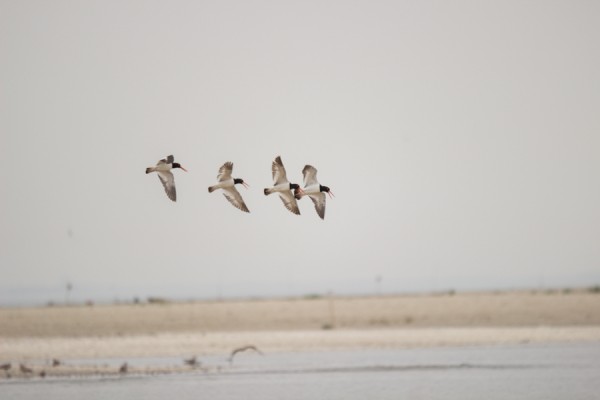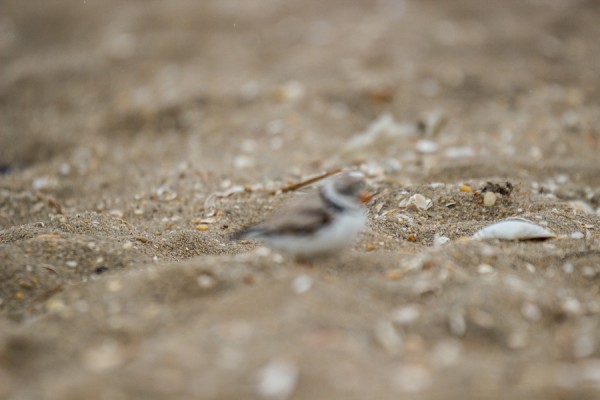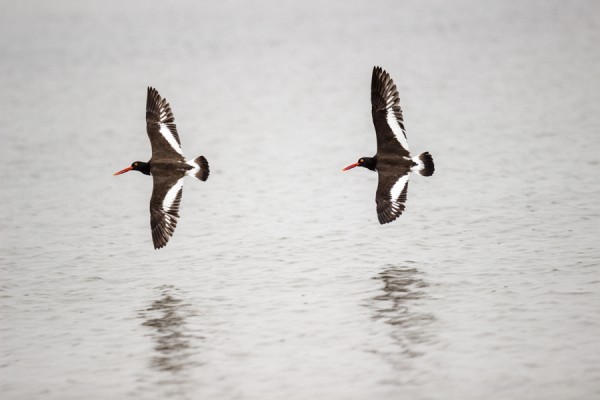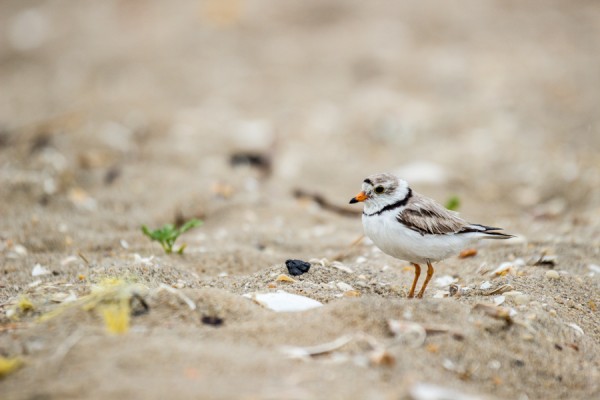One of our key missions here with the No Fear Photography blog is to teach photographers to take more creative control of their cameras in order to make stronger photos because taking the camera off full-auto-everything puts the power of shutter speeds, ISO and F-stops firmly in your hands. There’s many more variables, too, such as white balance, single/continuous Autofocus or manual focus, and so on to be tweaked and tuned. And the more controls you adjust, the more chance there is, that at some point in your photography, you are going to miss a shot due to operator error.

Don’t worry too much about it. It happens to everyone, every now and again.
You may forget to change from single to continuous autofocus before tracking birds in the sky, or maybe a setting got switched accidentally while grabbing a camera from the bag and, really, you didn’t want to be in ten-second timer mode right now as those dolphins are playing in the surf.

Maybe you just got so excited to fire off those first few frames that you didn’t realize that the proper settings for a nighttime cityscape exposure and daylight birds are pretty much completely and totally nowhere near enough to somehow salvage the shot.
It happens. To everyone.
To wit: Those three examples above are drawn from the silly goofs I’ve made in the past few months.

And even when you’ve got the exposure and settings just right, it’s still always possible to miss focus, or to cut someone’s head off in the frame, and any of the thousands of ways to make a photo a miss and a “meh” instead of a frame-worthy keeper.
It’s always a good idea to review after the first couple of shots to make sure you’ve got the settings right, but don’t get so hung up on clicking the “PLAY” arrow after every single frame because that’s also a way to miss shots by taking your eye off the subject.

The most important thing is to learn from the experiences. Try to get in the habit of checking the camera settings before the big moment to make sure everything is set how you’d like. And of course, the more you practice and get into the habit, the easier it becomes to quickly run through the checklist, and correct any mistakes and mis-settings as necessary.

Every photographer has a percentage of misses from each and every session. But the more you practice and hone your skills, the more likely you are to get some of the shots just as you’d hoped and envisioned.

The most important things to remember are that everyone makes mistakes and misses shots, and whenever possible, learn from your mistakes–what can you do differently to achieve better results for the next shot or the next time around?
And if nothing else, you’ve got a photographer’s version of the Fish Tale––the one that got away.
